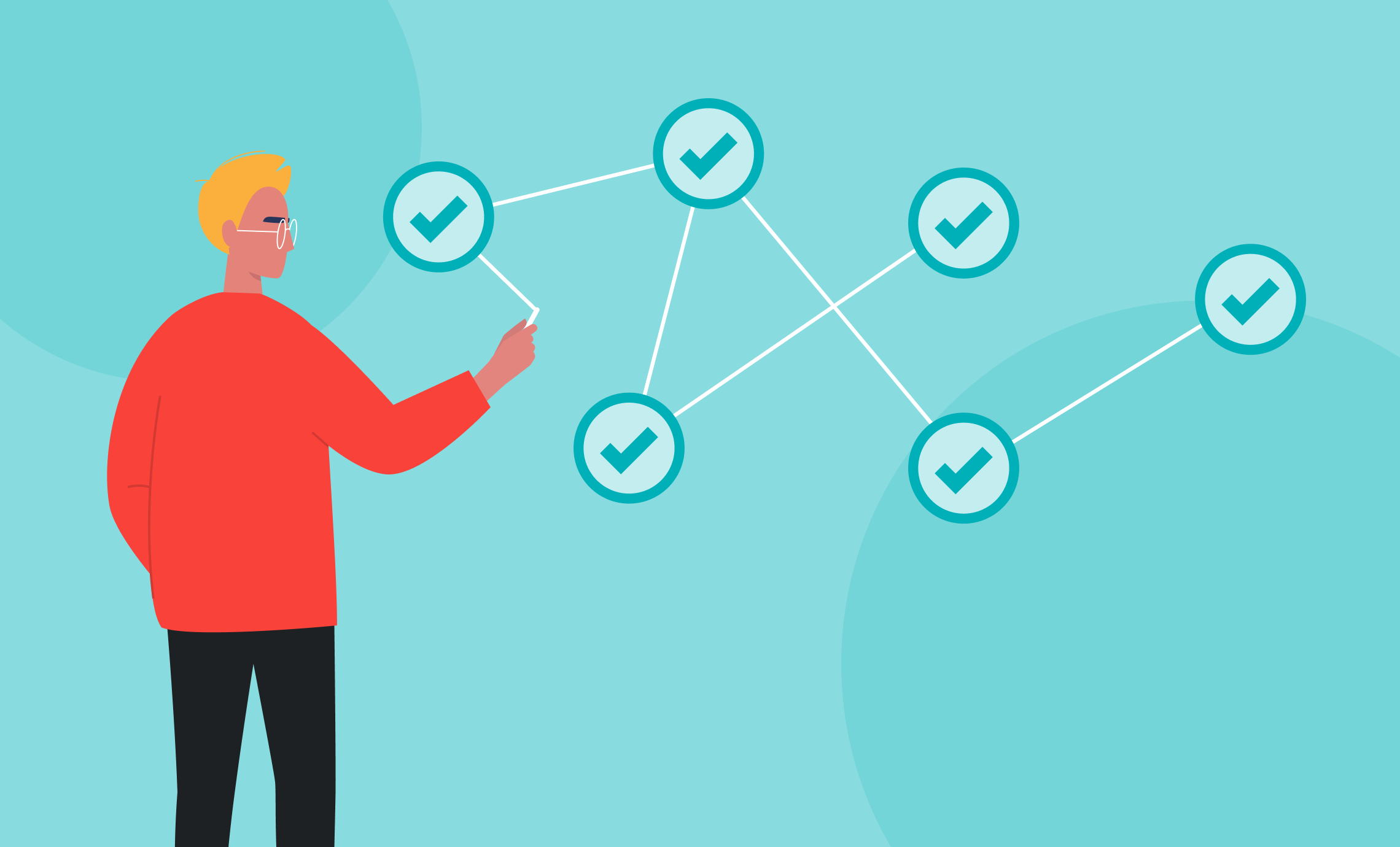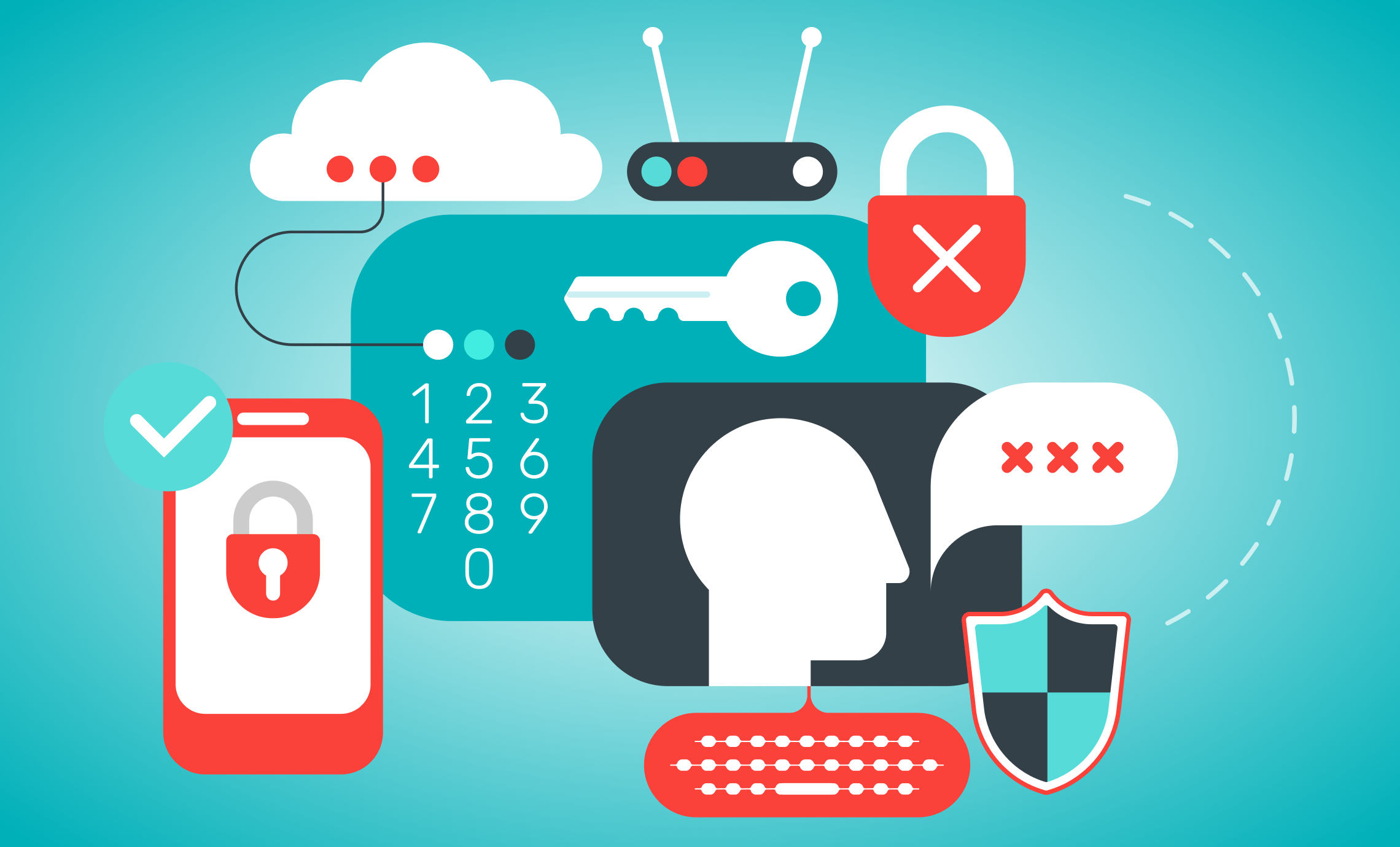My cat is pretty happy. First off, he’s a Maine-Coon, and they are notoriously friendly felines—and large, up to four feet, so a Chihuahua could literally be lunch for this cat. But mostly he’s just a big, friendly lug. He sits next to my computer, on my bag, and will, in fact, shift just enough for me to extract something from my bag from time to time. He just hangs out (read, “sleeps”) most of the day.
My cat understands his job, is able to execute upon it, and is happy. Now, I’d like to take some credit for that since I provide him a warm, friendly, hazard free environment (unless you count the young female cat that haunts him from time to time, but that’s another story). So, you could argue that I’ve created a positive work environment where my cat has been provided the tools he needs to be successful. We all need an atmosphere where we are reinforced and can feel good about our job—and that’s where good training comes in. Training done right provides the atmosphere and the tools to do our job both confidently and better. My cat has his bag, I pet him, he purrs, he eats: mission accomplished. (And, for the record, I wish I were a cat.)
What Makes Good Training Good?
So what does this have to do with training in business? Quite a bit, actually. It’s about supplying people what they need to be successful—realizing what your employees need and then providing them effective education on it. Notice I didn’t just say providing any training, but good, effective training. Give them that and then, all mitigating factors excepted (you know, the usual stuff—pycho-bosses, crazy co-workers, faulty equipment, coked up Ocelots in the breakroom, etc.), they should do their job more effectively.
Let’s face it, we’ve all taken a bad class at some point. What made it like that? Or, to make things a bit easier, let’s turn the question around: what made the good training you’ve had that good? The feedback I’ve received from years in the classroom is that students who found training to be effective came out of the class being able to do their jobs better. Why? Because they learned something they could apply in real life. That’s it. Learning what you need to do your job is effective training.
Making Training Effective for Your Audience
I teach membership software training, so I provide a computer per student, an environment that’s up and running, a book for them to follow and take notes in, and some fun distractions after breaks so they don’t end up drooling on the floor (remember, it’s software training, not Busch Gardens!). I know what my audience is looking for, so I build exercises and reinforcements that help them do their jobs. You can’t be teaching people to fly a helicopter when all they have to do is build a paper airplane. And, bingo!, people learn and they don’t fall asleep! Mission accomplished!
Effective training is knowing what your audience needs, giving it to them in a method that will help them do their job, and having some fun doing it. And while I know that is probably pretty obvious, how many times have you walked out of a class and that has not happened? Five, ten, fifty-five? So prepare, build you training so it’s good. Make it relevant, provide examples, and instruct with passion. And, soon, everyone will be fast asleep! No, wait a minute…that’s the cat!
Ongoing training has the highest return on investment of any activity you can do in Aptify. Talk with our training team about how you can leverage a personal and crafted training agenda to engage and educate your staff in their own working environment:


